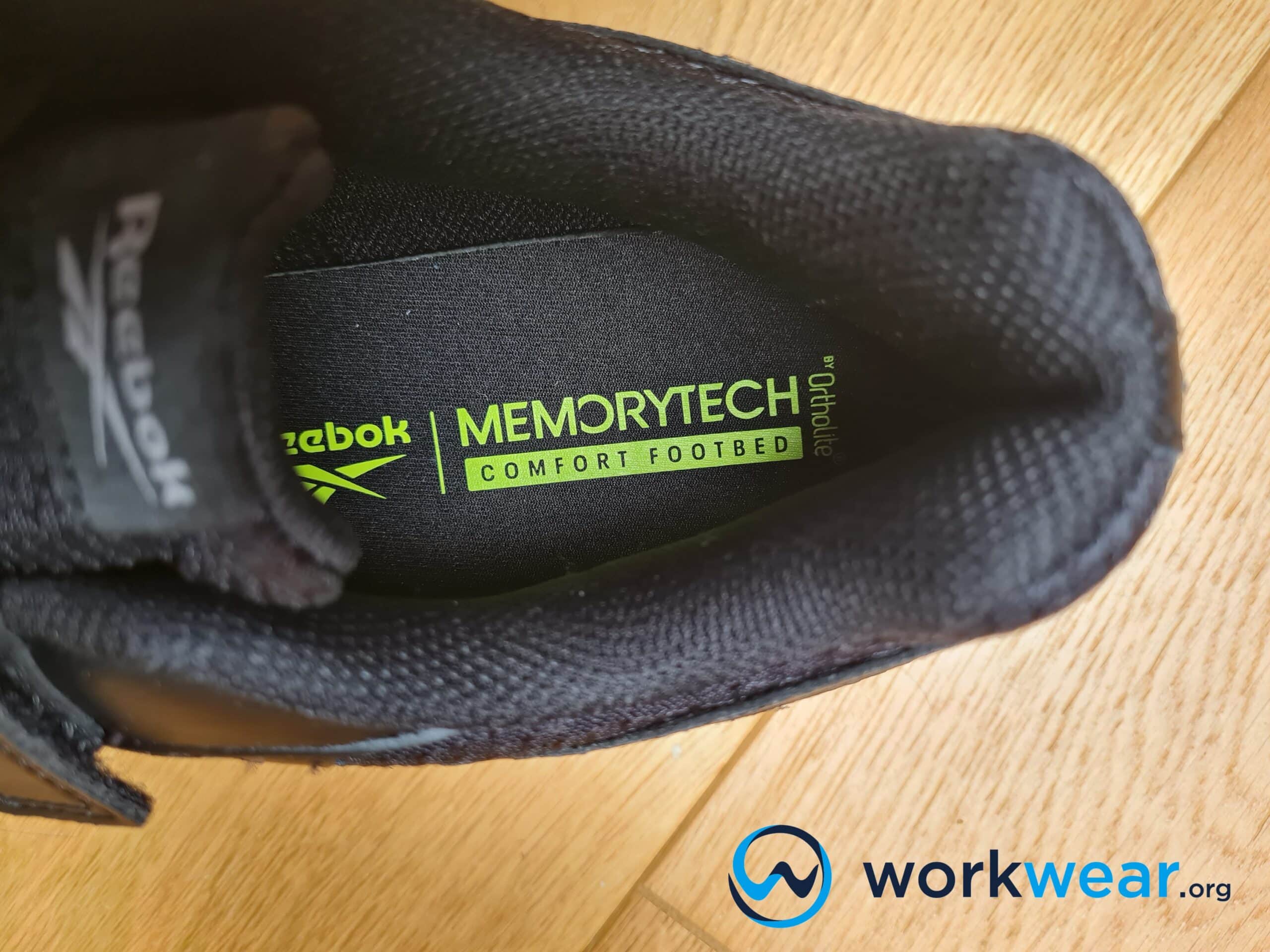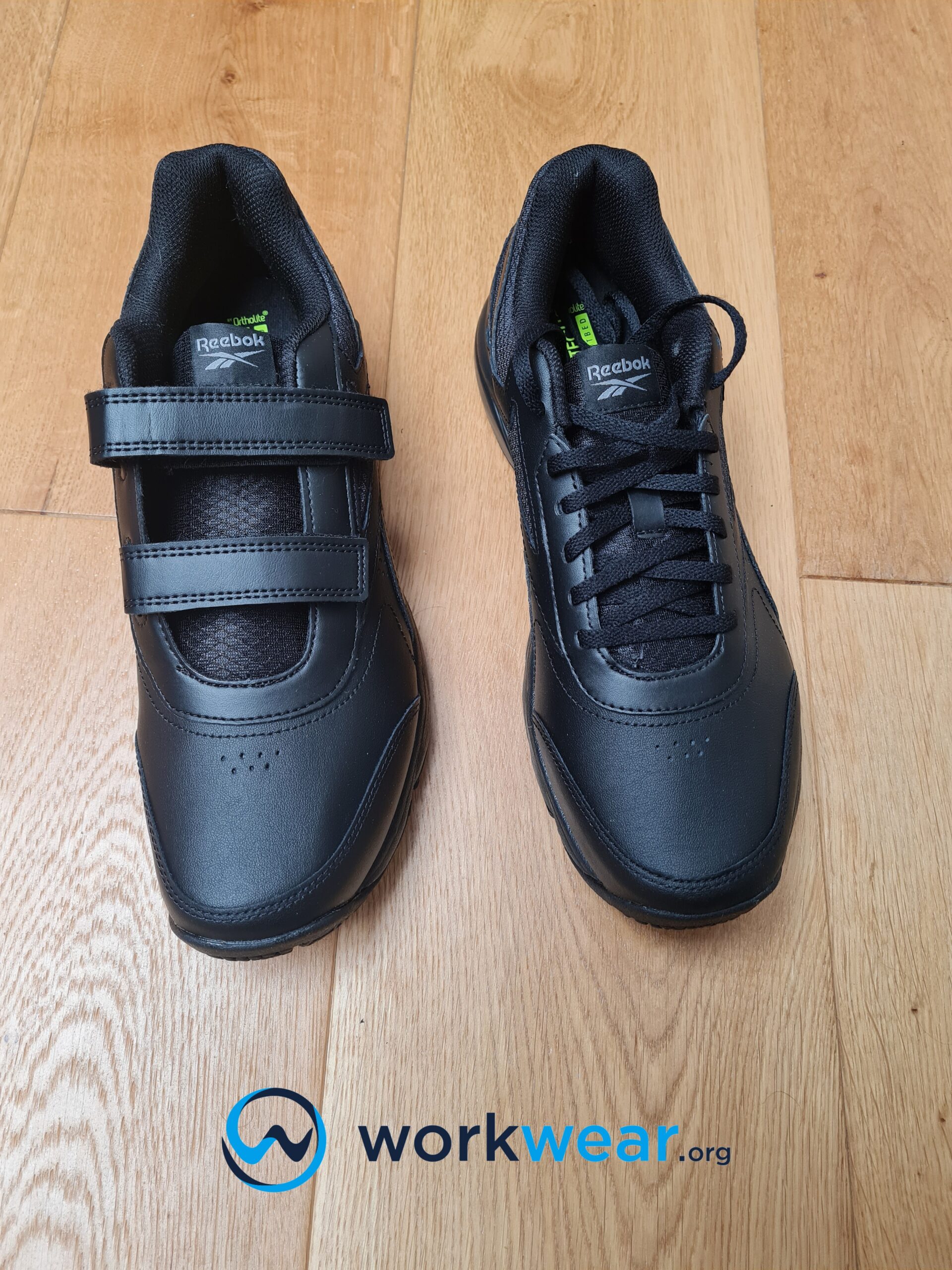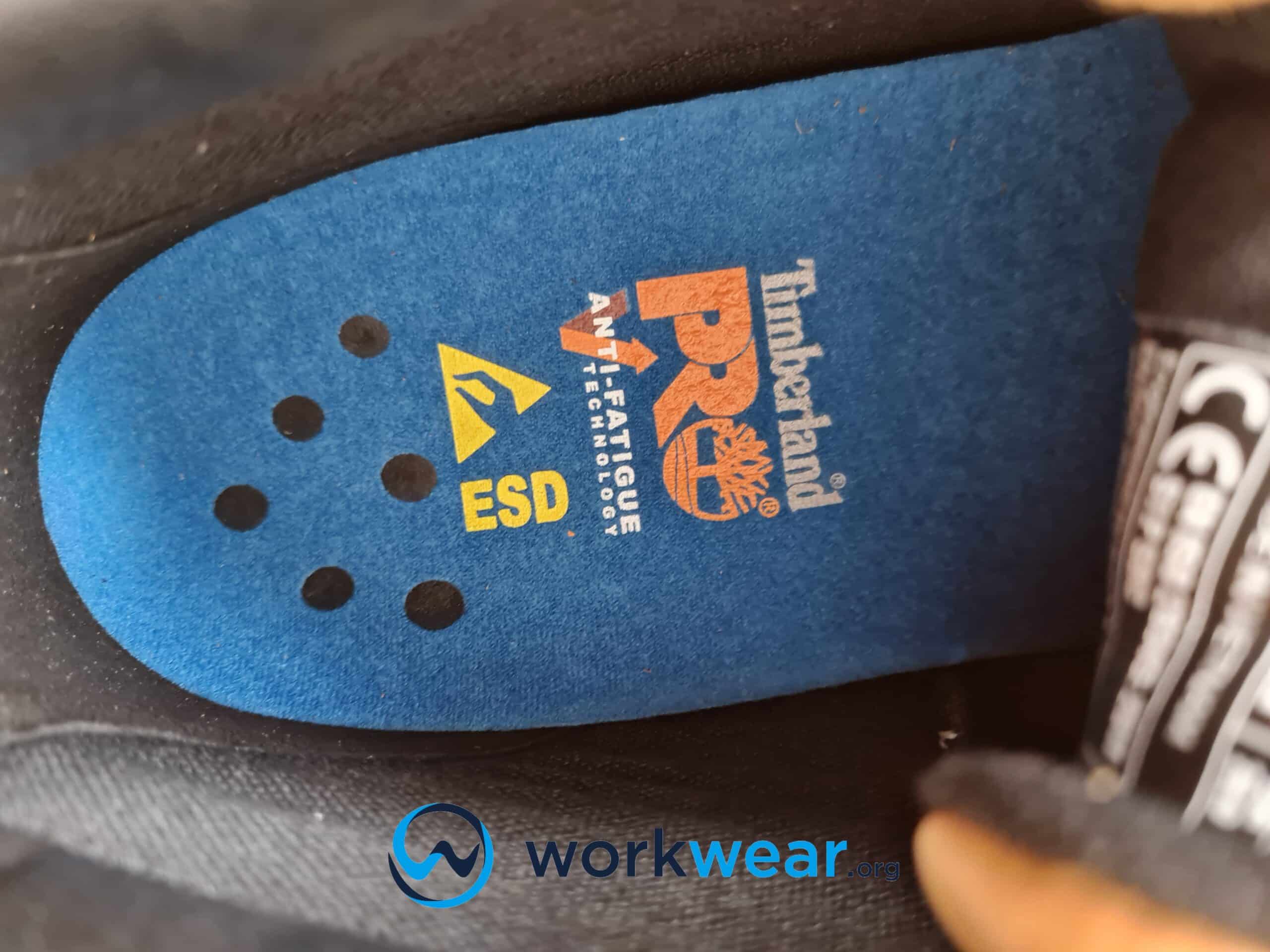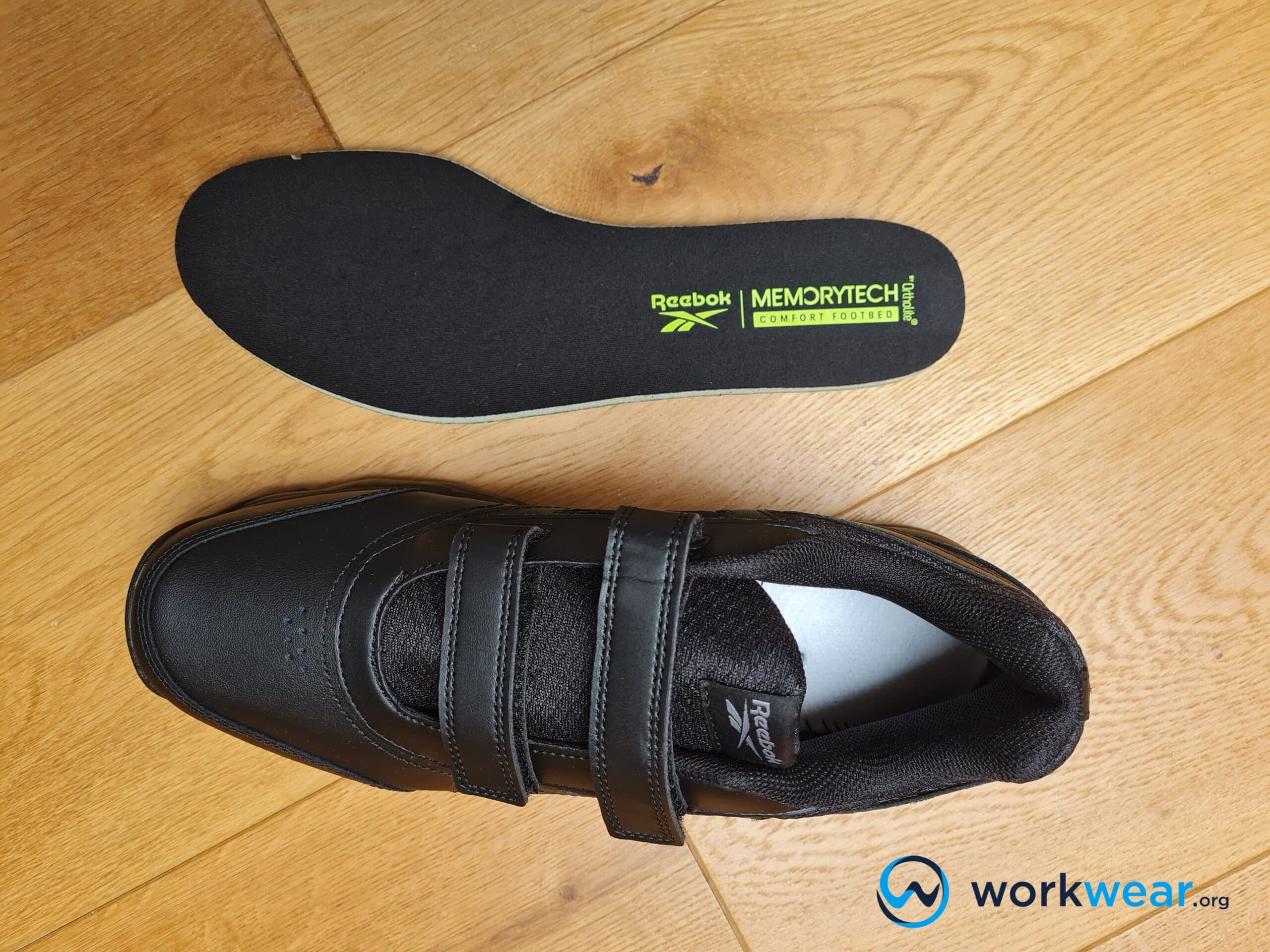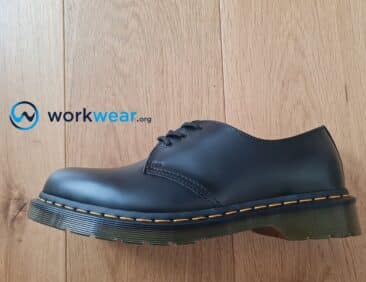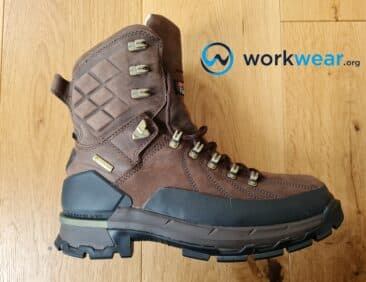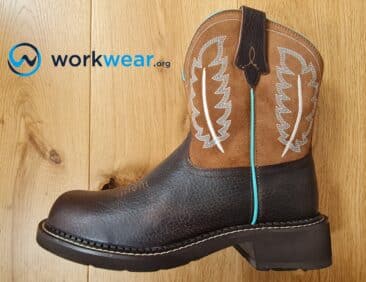Ortholite Insoles Explained
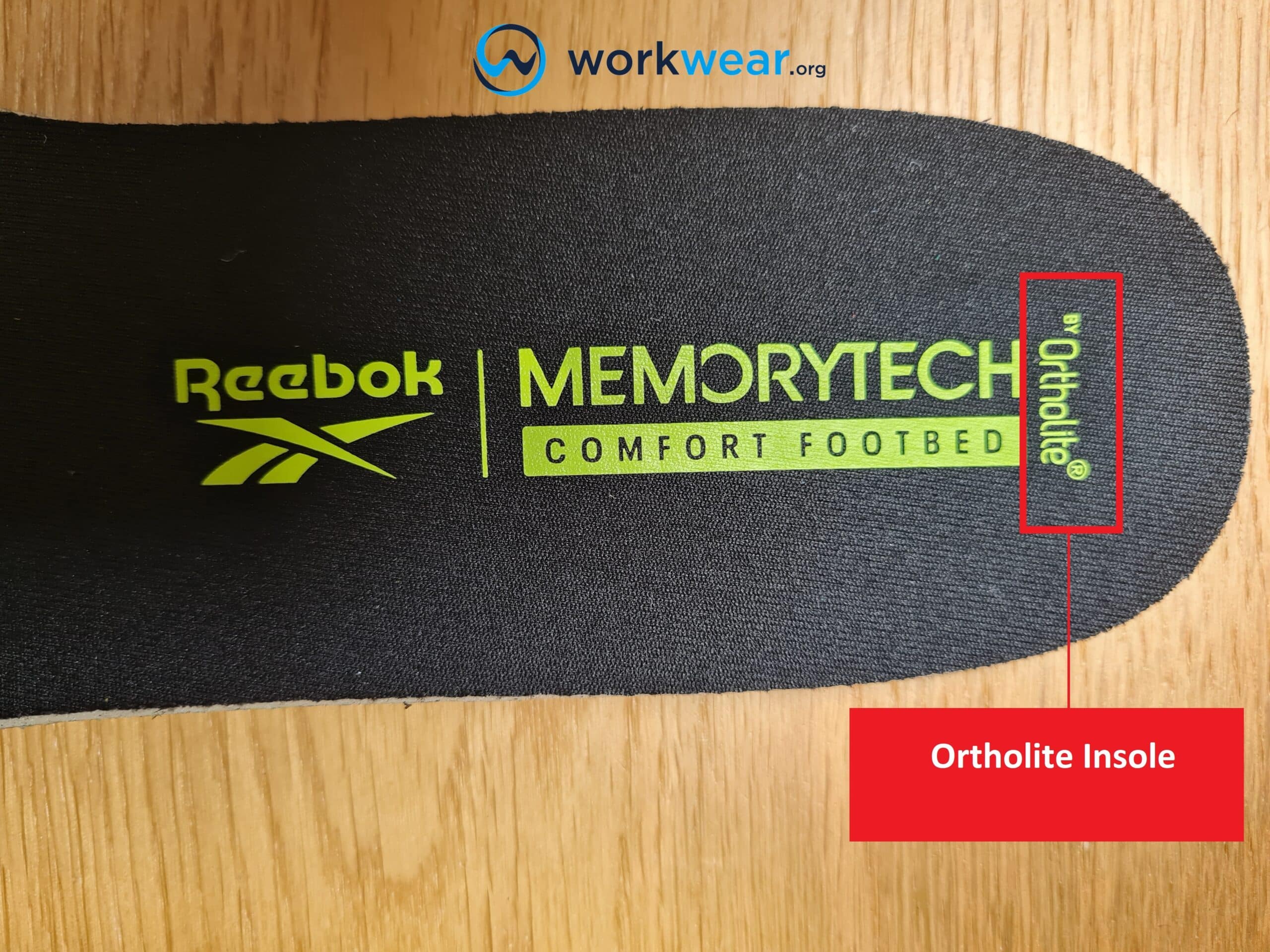
More and more companies are using Ortholite these days. In fact, you might have seen it in your shoes and are wondering what it means. This article, you explain what Ortholite insoles are, their features, and how they differ from regular insoles.
Insoles are usually made of various materials; the most common ones are gel, foam, leather, and cork. An insole made with Ortholite’s proprietary technology and material is classified as Ortholite insole. This insole uses at least 5% recycled rubber and proprietary polyurethane (PU). Many trusted footwear companies use trademarked Ortholite insoles.
Overview & Key Features of Ortholite Soles
Over 400 footwear manufacturers worldwide use Ortholite, including some of the top workwear companies. Ortholite is a high-quality performance insole with a better and improved version of the common memory foam insoles.
So, these insoles are durable and have a higher level of breathability. However, whenever you wear shoes, sweat and moisture start accumulating. In turn, this increases the temperature within the footwear, making your feet hot. Ortholite combats this problem by using its open-cell structure. This technology ensures optimal air circulation inside the shoe, ensuring your feet can breathe. This also reduces tenderness of the foot. In addition, the same technology also ensures that Ortholite insoles effectively remove moisture from the foot and shoe.
Ortholite insoles come with durable cushioning making them a popular choice. Unlike regular foam in the insole, Ortholite retains over 95% of its original cushioning even after regular use.
Whether you work, walk, or stand, Ortholite insoles are designed for optimal comfort. So, you can wear them for long hours without any discomfort. They are cushiony without being thick and don’t have any unnecessary padding. This makes the footwear lightweight and keeps your feet nimble. The patented anti-microbial structure of the Ortholite insoles removes any traces of unpleasant odors and harmful pathogens inside the footwear. Their durable cushioning offers comfort while warding off any irksome foot issues such as blisters. The Ortholite insole is designed to conform to the foot and rebound to its initial shape so that it perfectly molds itself to your foot shape.
Whether you hike, run, jog, walk, or stand, Ortholite insoles are designed for optimal comfort. So, you can wear them for long hours without any discomfort. They are cushiony without being thick and don’t have any unnecessary padding. This makes the footwear lightweight and keeps your feet nimble. The patented anti-microbial structure of the Ortholite insoles removes any traces of unpleasant odors and harmful pathogens inside the footwear. Their durable cushioning offers comfort while warding off any irksome foot issues such as blisters. The Ortholite insole is designed to conform to the foot and rebound to its initial shape to perfectly mold itself to your foot shape.
Testing experience
We had the chance to wear a wide range of quality work boots and shoes that use Ortholite. We noticed that Ortholite insoles do make a difference, and enhance comfort. The footwear with Ortholite that we worn and liked include the Reebok Sublite Cushion RB806 Tactical boots, Keen San Jose Moc Toe boots, the Wolverine Jetstream work shoes, and the Danner Run Time Shoes.
REGULAR SOLES VS NON-MARKING SOLES
| Characteristic |
Ortholite insole |
Regular Insole |
|---|---|---|
| Comfort and durability |
|
|
| Moisture management |
|
|
| Breathability |
|
|
| Weight |
|
|
| Impression |
|
|
Conclusion
Ortholite insoles are those that have Ortholite’s proprietary technology and recyclable material. The main aim of these lightweight and environmentally friendly insoles is to provide comfort and also reduce excessive moisture from your feet. Based on our experience, Ortholite insoles are superior to normal insoles. However, there are some other types of insoles (such as memory foam and gel), which are equally comfortable and effective.
FAQs About Ortholite Soles
- Is Ortholite the Same as Memory Foam?
- No, Ortholite is a superior rendition of memory foam. Temperature control isn’t possible with memory foam, while Ortholite ensures the temperature inside the shoe doesn’t increase. Also, memory foam results in a buildup of sweat and moisture with use, which isn’t the case with Ortholite insole.
- Can Ortholite Insoles Be Washed?
- Once the insoles are removed, they are fit for hand washing and machine washing. The insoles don’t lose their structural integrity after being washed and will be as good as new.
- What Types of Footwear Can Ortholite Insoles Be Used With?
- Global workwear brands such as Caterpillar, Dr. Martens, Timberland, Wolverine, Chippewa, Danner, and Carhartt use Ortholite technology to manufacture their footwear. Other popular brands such as Reebok, Skechers, Vans, Nike, and Asics also use them.
- Are Ortholite Insoles Only For Sports Shoes?
- Even though most brands using Ortholite insoles belong to the sporting world, this insole has other purposes. Whether standing, running or walking, these insoles provide optimum comfort.
- Are Ortholite Soles Thick?
- No, they are not. These soles have over 40% elasticity rating making them perfect for sports and intensive wear. Since the soles are quite thin and light, they are used in fashion shoes too.
- Are Ortholite Insoles sold as a “Standalone” Item?
- Yes, they are. Insert them into your work, sports, or casual shoes for added comfort.
